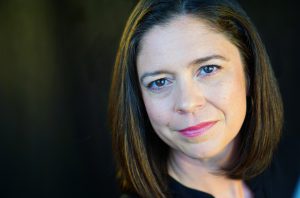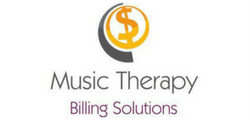Last week, we started a three-part series written by guest author, and Ohio University teacher, Professor Anita Louise Steele. Professor Steele studied with the “father of music therapy”, Dr. E. Thayor Gaston. Here, in her own words, are her memories of the man and the teacher:
Remembrances of Dr. E. Thayer Gaston
I recall that the first time I met Dr. Gaston was at the orientation for the new graduate students entering the NIH program. For sometime after that initial meeting, I tried to avoid speaking directly to Dr. Gaston out of fear created by his ‘larger than life’ image! Dr. Bill Sears was also part of the KU faculty at that time. Instructors connected with the special project were George Duerksen and Warren George, graduate assistants, and Vance Cotter, field supervisor on the project. These instructors were earning their doctorates under Dr. Gaston and assisted the masters’ students in many, many ways. We often said that we would not have made it through the degree program without them. One example of how important these individuals became to us was our experience with statistics class, a required class. The problem arose when the class, taught by the head of the statistics area, seemed to be impossible for the music therapy students to pass! Dr. Gaston stepped in and created for us a special statistics class co-taught by the graduate assistants. We not only learned the material but we actually grew to like statistics! I hardly think we would have been so lucky if we found ourselves in the same predicament today.
In 1964 we had no music therapy text books. There were a number of books about the effect of music in healing and its use in medicine; however these were not text books and none written by someone who practiced music therapy as a career. It was left to Dr. Gaston to solidify the field of music therapy as autonomous and separate from music education. We students had the privilege of reading a late draft of “Music in Therapy” edited by Dr. Gaston with contributing editors from among the most forward thinking in our field at the time. Our tests in the NIH program consisted primarily of books written by philosophers, learning theorists and musicologists. Dr. Gaston’s approach to higher education was to teach students to think logically and systematically and to apply that thinking process to both clinical work and research. We were required to read and discuss in class one book a week from a required reading list. Such readings greatly expanded by thinking along with a required class in philosophy and debate.
In thinking about Dr. Gaston’s unusual ability to get to the heart of a matter, I am reminded of something which happened while I was on a rotation at the developmental center for advanced clinical work and research. There was a communication problem between my field supervisor, a doctoral candidate, and the director of music therapy at the center where we did our placement. I was caught in the middle of the controversy which brought Dr. Gaston to the clinical site to resolve the issue. When he met with me he looked at me with those piercing eyes and asked, “Louise, what do you think the problem is here?” (In essence he was using the issue at hand as a ‘teaching moment.”) I responded in a non-committal manner, presenting both the strengths and weaknesses of both sides of the issue. I tried very hard not to break down but the strain got the better of me when he said to me, “Now, Louise, tell me what you really think.” I then gave my analysis, with which he agreed, but left with the one and only migraine headache of my life! I took from that episode an important lesson. That lesson was that even though one must objectively assess two sides of an argument, one must still arrive at a workable solution. That solution requires a commitment to one perhaps less than perfect viewpoint but one which allow you to move forward for the greater good. That lesson has served me well in my professional life.
Next week: Remember the personal and social side of Dr. Gaston.


 orcid.org/0000-0001-8665-1493
orcid.org/0000-0001-8665-1493






{ 2 comments… read them below or add one }
That lesson was that even though one must objectively assess two sides of an argument, one must still arrive at a workable solution. That solution requires a commitment to one perhaps less than perfect viewpoint but one which allow you to move forward for the greater good.
Great lesson that one! Even if it did come with a migraine headache (says she who has them more than every few months: every MONTH if I am honest, or every few days).
And hooray for statistics, reading and drafts of very important textbooks. And philosophy and debate.
.-= Adelaide Dupont´s last blog ..Running sheet for Key Concepts and Development: prelim and first draft, with pics and sounds! =-.
Great summary. Thank you Adelaide! ~Kimberly
You must log in to post a comment.